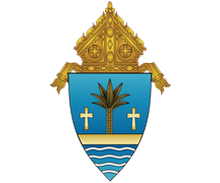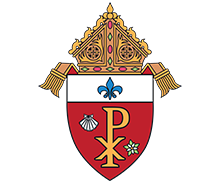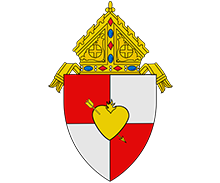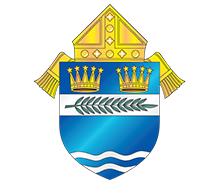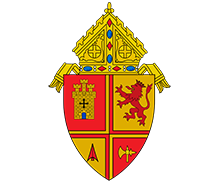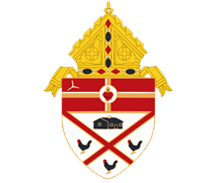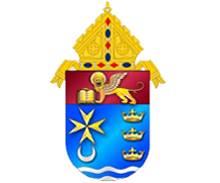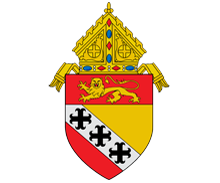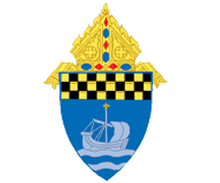History

Under the guidance of newly appointed Archbishop Coleman Carroll, the Archdiocese of Miami set out to build a seminary on the outskirts of budding Miami over 50 years ago. In the papal document that established Miami as a diocese, Pope Pius XII issued just one specific directive: the founding of a minor seminary within the Diocese's territory. On June 7th, 1959, construction crews broke ground on the new seminary in the suburban neighborhood of Westchester. Under the patronage of St. John Vianney, the Congregation of the Mission (also known as the Vincentian Fathers) staffed the minor seminary's high school and two-year general college program. Archbishop Carroll diligently oversaw its construction and (just three months after the groundbreaking) more than 7,500 onlookers witnessed the dedication.
Seeing enrollment triple from its original size by the fall of 1961, St. John Vianney Seminary continued to add more buildings to its campus. As the seminary's needs grew, so did the generosity of the Archdiocese's people. Recognizing the need for a fitting home for seminarians and staff to gather around the altar each day, Archbishop Coleman Carroll began construction on the Chapel of St. Raphael on September 6, 1964. Due in large part to a generous donation by Mary Louise Maytag, heiress to the Maytag fortune, St. Raphael Chapel (in its distinct neo-gothic style with high walls and large overhangs that bear resemblance to the archangel Raphael's wings) will become the recognizable symbol of the seminary.
The Second Vatican Council ushered in an era of reform throughout the Church, including seminary formation. Before the Council, seminaries were a two-tier system: minor seminaries and major seminaries. Minor seminaries provided teens interested in the priesthood with formation by way of a high school and additional two-year liberal arts program of studies in preparation for the major seminary. Major seminaries provided young men called to the priesthood with formation and higher education (philosophy and theology) leading to ecclesiastic degrees and ordination. By contrast, the Second Vatican Council advised seminary formation to begin after men completed their high school education. The seminary system transformed into college seminaries and theological seminaries. College seminaries now form men in an undergraduate college setting, earning a Bachelor of Arts degree in Philosophy upon graduation. Theological seminaries continue formation in a graduate studies environment in which men will be ordained, receiving a Master of Divinity.
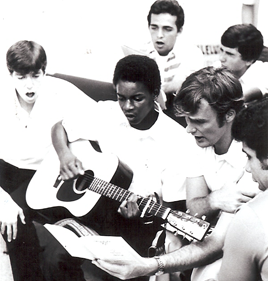
As a result of the Second Vatican Council's directive, the high school program at St. John Vianney Minor Seminary closed in 1974. The following year, the Vincentian Fathers left the seminary and staffing responsibility turned over to the Archdiocese of Miami. The two-year liberal arts program remained open, however. Where some doors close, others open: administration began to develop a four-year college seminary program with a concentration in philosophy. St. John Vianney Minor Seminary became St. John Vianney College Seminary. Although this difficult transformation involved transitioning from a previous emphasis on high school education to that of a four-year college, certain priests helped to guide the seminary through its growth, including Msgr. John Nevins (later Bishop of the Diocese of Venice in Florida), who became the college seminary's first rector. He and the first Academic Dean, Fr. Sean O'Sullivan, led the college seminary into a new age.
St. John Vianney's second rector, Msgr. Robert Lynch (now Bishop of the Diocese of St. Petersburg), continued to improve the seminary. Arriving in 1979, Lynch made a dedicated effort to recruit faculty and staff that adequately fulfilled its mission. Among many distinguished personnel, Sister Trinita Flood, O.P., arrived as the second Academic Dean after great success in developing nearby Barry University. An influx of seminarians from the Caribbean as well as Central and South America, in addition to a growing need for faculty office space, necessitated expansion. In 1983, using money that Mary Louise Maytag set aside for further development, the seminary erected yet another building. The construction of the Maytag Memorial Library and adjacent Administration Building gave the campus library a permanent home and allowed for the addition of more classrooms and bedrooms to the preexisting Carroll Building.
As plans developed to add yet another building in response to the seminary's growing enrollment, the number of seminarians studying at St. John Vianney College Seminary radically dipped below 30 men. Many courses only had a handful of seminarians in them. This not only ended the hope of further expansion but now threatened the seminary with the danger of closing under the serious burden of financial upkeep. Then, in August of 1992, Hurricane Andrew ravaged campus with major and extensive damage. These trials brought out the very best in the entire staff as they stepped up to save the seminary. Out of love for St. John Vianney, many staff members took pay cuts for several years without requesting a single cent of compensation.
Previously making his mark at St. John Vianney as Dean of Students, Msgr. John Noonan (currently the Bishop of the Diocese of Orlando) ushered in a new millennium as rector. Then, replacing him, Msgr. Michael Carruthers began the implementation of a wave of improvements that focused on the importance of the humanities, including the inception of a fund that allowed seminarians to attend enriching cultural events in the Miami area. Also, the academic program shifted to a greater emphasis upon the humanities through the institution of annual junior projects that aimed at augmenting that class' understanding of a particular topic in art and culture. In 2019, St. John Vianney marks the 60th anniversary of its founding.
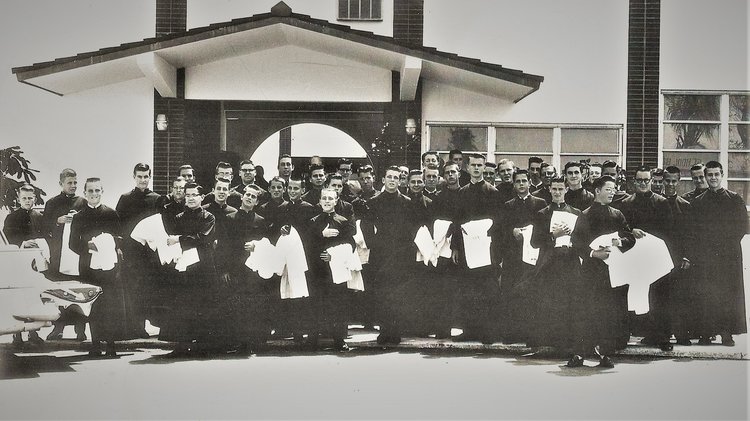
Dioceses we serve
